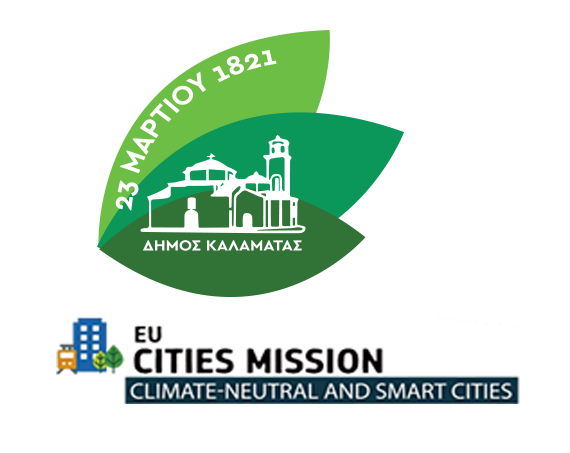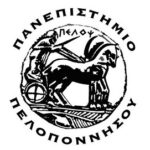Speakers
Energy & Environment
Thomas Maggos
Dr. Thomas E. Magos, Director of Research at the Laboratory of Atmospheric Chemistry & Innovative Technologies of the National Research Centre for Physical Sciences “Demokritos”. After his undergraduate studies in Chemistry at the University of Crete, he received a Master’s Degree in “Chemistry and Environmental Technology” at the National and Kapodistrian University of Athens, while in 2007 he received his PhD degree at the Department of Mechanical Engineering of the University of Western Macedonia, with the experimental part being carried out at the Joint Research Centre of the European Commission (JRC) based in Italy. His main research fields are atmospheric chemistry and in particular air quality of urban, indoor and occupational environments as well as photocatalytic processes with applications in the reduction of air pollutants. He is a coordinator & scientific officer of European and national projects for NCSF “DEMOKRITOS” such as LIFE+, H2020, FP7, REGGPOT. He is a member of the European working groups for standard setting CEN/TC264/WG15 (particulate matter PM10/PM2.5) and CEN/TC386/WG2 (photocatalysis/air purification). He is responsible for the accreditation of the laboratory by the ESYD according to the ELOT EN ISO 17025:2017 standard for measurements of gaseous pollutants. He serves as deputy coordinator of the Indoor TG of ERNCIP (European Reference Network for Critical Infrastructure Protection) project team and has more than 85 publications in scientific journals and more than 120 in international conferences and is a reviewer in a large number of international scientific journals.
Study to assess the personal exposure of Messinia residents to air pollutants
The levels of air pollutant concentrations in the outdoor environment have been the subject of much research in recent years, in contrast to information on the personal exposure of residents to them. The study of the personal exposure of residents is particularly important, as it includes both their exposure to the environmental pollutants predominant in the indoor environment of their homes and that from the individual environments in which they operate.
The aim of this study is to assess the personal exposure of a representative sample of the population of Messinia to environmental pollutants, focusing on both the indoor and outdoor environment of their dwellings, as well as on all the individual environments in which they operate. For this purpose, the personal exposure of 134 volunteers (92 residences) in the region of Messinia was studied. Sampling took place during both the cold and warm seasons, and the duration of the measurements was weekly. Sampling included both real-time measurement techniques using low-cost sensors and data collected through questionnaires.
The research objectives of the study are:
1. Experimental evaluation of the use of low-cost sensors of new technology and testing of their reliability (QA/QC), so that they can be used in air pollution assessment studies by authorities.
2. Monitoring both air quality in the indoor and outdoor environment of their homes and personal exposure of volunteers, including vulnerable population groups.
3. Mapping of the concentrations to which the population is exposed in the wider area of the Messinia regional unit and creation of an integrated database. This database will be used by the authorities in taking measures and decisions to deal with environmental nuisances.
4. Real-time monitoring of air quality by volunteers (using user-friendly equipment), enabling them to investigate which of the activities carried out at home or in the outdoor environment in which they move contribute to the increase in air pollutant levels. Overall, the proposed research aims not only to inform the population about the problem of environmental pollution, but also to mobilise them to create a healthier living environment.
5. Visualisation of the temporal variation of all measured environmental parameters, comparative graphs of the hot and cold seasons and graphs showing personal exposure to air pollutants according to the environment in which they operate and the type of activity.





